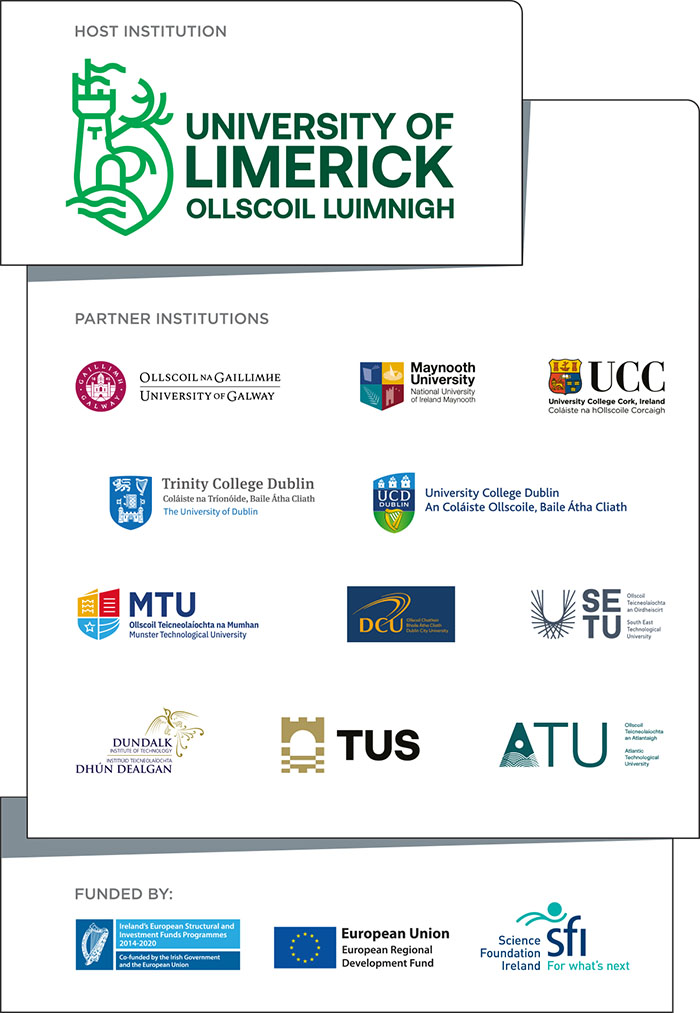Leverage increased social media activity for better demand forecasting
You are here
Opinion: COVID-19 has transformed customer behaviour from the way people shop to the products and services they buy. These changed shopping patterns are likely to last into the near future. They may even extend into the longer term because, on average, a new behaviour persisting for about two months becomes a habit.
Retailers, if they want to build and retain a sustainable business, need to urgently determine the extent to which these changes in consumer behaviour will affect their product categories and brands and also how they deliver them.
First published in The Irish Examiner, on Monday, 24 August, 2020.
The current economic environment has made it harder for retailers to recover from bad decisions based on inaccurate forecasting. So, the big question is, how can retailers improve demand forecasting?
Throughout COVID-19 restrictions, businesses and individuals increased their social media usage. Social media data offers an opportunity for all businesses to improve their demand forecasts. Social media analytics provide insights that retailers can leverage.
Social media can be an effective sensor when it comes to receiving signals from current as well as potential customers. It contains emotions, opinions, and preferences which makes it potentially useful. With proper modelling and implementation of appropriate techniques, social media data has the potential to help forecast with increased accuracy. Results from a study carried out by researchers from Lero and Maynooth University, and published in the Journal of Global Information Management, show a correlation between customers’ opinions on Facebook and Twitter and actual sales.
Read the full article by Rehan Iftikhar of Maynooth University and Lero on IrishExaminer.com.




